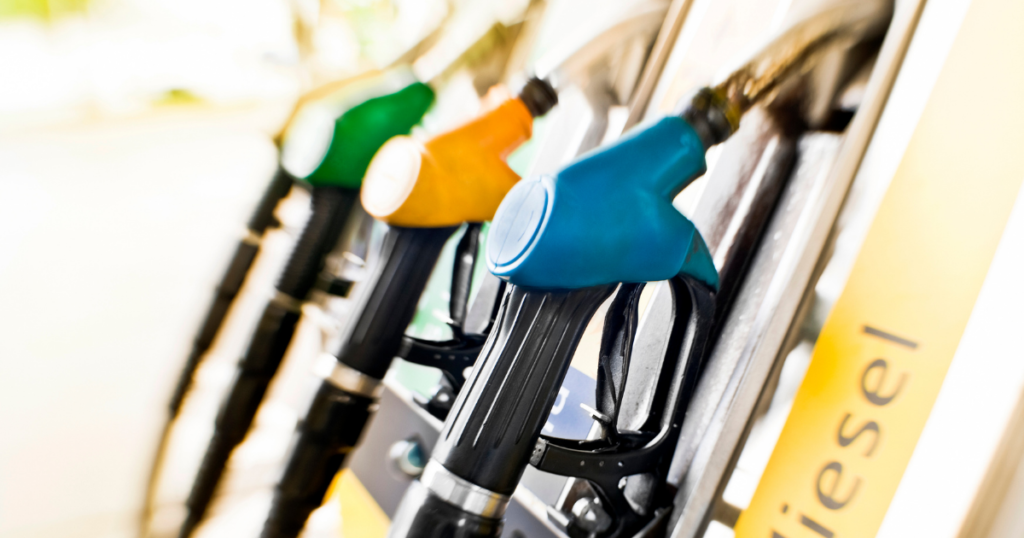Try our test-based tips to save at the pump, and see which myths we bust
How you drive can significantly affect your fuel economy. That’s the key finding of CR’s fuel-economy tests. Even when fuel prices are very low, you can still save serious money by making small changes to your driving style and habits.
CR has gathered its best test-based tips and techniques for getting the most gas mileage from your car to help ease the pain at the pump.
The FAQ below addresses common questions we receive and dispels some fuel-economy myths.
What’s the Best Way to Cut Fuel Costs?
Slow down. In our tests, we’ve found that driving faster on the highway can really take a bite out of a car’s fuel efficiency.
We measured gas mileage while driving at a steady 55, 65, and 75 mph in a Nissan Altima and Toyota RAV4. Reducing speed from 65 mph to 55 mph improved fuel economy by 6 mpg in the Altima and 8 mpg in the RAV4.
The penalty of cruising at 75 mph, rather than 65 mph, was almost 7 mpg in the Altima and 6 mpg in the RAV4.
These findings are similar to what we have recorded in the past, once again proving that higher speeds exact a toll on fuel consumption.
Another way to look at it: Speeding up from 55 to 75 mph is like moving from a compact car to a large SUV. Beyond fuel concerns, speeding is, of course, a safety risk as well.
Avoid hard acceleration and braking whenever possible. In our tests, frequent bursts of acceleration and braking reduced an older Toyota Camry’s mileage by 2 to 3 mpg. Once up to speed on the highway, maintain a steady pace.
The harder you accelerate, the more fuel you use. Unnecessary braking wastes the fuel you used to get up to speed. Drive smoothly and anticipate the movement of traffic. Once up to speed, maintain a steady pace. Smooth acceleration, cornering, and braking also extend the life of the engine, transmission, brakes, and tires.
What’s the Impact of Carrying Stuff on the Roof?
At highway speeds, more than 50 percent of engine power goes to overcoming aerodynamic drag. Don’t add to that by carrying unneeded things on the roof. We did fuel economy tests at highway speed on a Nissan Altima and Toyota RAV4 with a roof rack, tail-hitch rack, and a roof-top box.
Carrying two mountain bikes on the roof had the biggest impact. The Altima lost 13 mpg, going from 46 mpg down to 33. The RAV4 lost 7 mpg, dropping to 32 mpg from 39 mpg.
There’s even a loss when driving with the empty roof rack installed: The Altima dropped 5 mpg and the Toyota lost 2 mpg.
The Nissan lost 12 mpg with the bikes on the hitch-mounted rack, while the RAV4 was down only 5 mpg. The bikes stuck out to the sides of the sedan, which created extra drag. They were mostly hidden behind the wider, boxier RAV4’s bodywork.
The roof-top box resulted in a 9 mpg decrease for the Altima, and a 5 mpg drop for the RAV4.
Overall, the aerodynamic drag doesn’t hurt the more boxy RAV4 as much as the sleeker Altima.
Going across town, this may not be a concern. But on a multistate family road trip, a carrier or rack on the roof would have a real impact on fuel costs. And it could create some annoying wind noise.
Use AC or Open Windows?
The harder the AC system has to work, the worse the impact on fuel economy. When we measured the fuel-economy difference in a 2008 Ford Focus, Honda Accord, and Subaru Forester, we found that fuel use with the AC running went up with higher outside temperatures.
At 55° F, there were negligible differences. But when we measured again on days when the temperature was in the low 70s and high 80s, we got fewer miles per gallon with the AC on.
In general, expect a drop from 1 to 4 mpg with the air conditioning running. The effect of opening the windows at 65 mph was not measurable. In any case, the AC helps dehumidify the cabin, which can contribute to keeping the driver alert and safe. We think that’s a worthwhile trade-off.
How Far Can You Go When the Low-Fuel Warning Light Comes On?
There is no set rule, but most cars have a reserve of between 1 and 2 gallons of gas when the light goes on, or enough to travel about 40 to 50 miles or so at a moderate speed.
To maximize those last couple of gallons, we suggest slowing down and maintaining a steady pace. Because you never know what challenges life will serve up, including traffic, don’t rely on the light as your cue to fill up.




















































